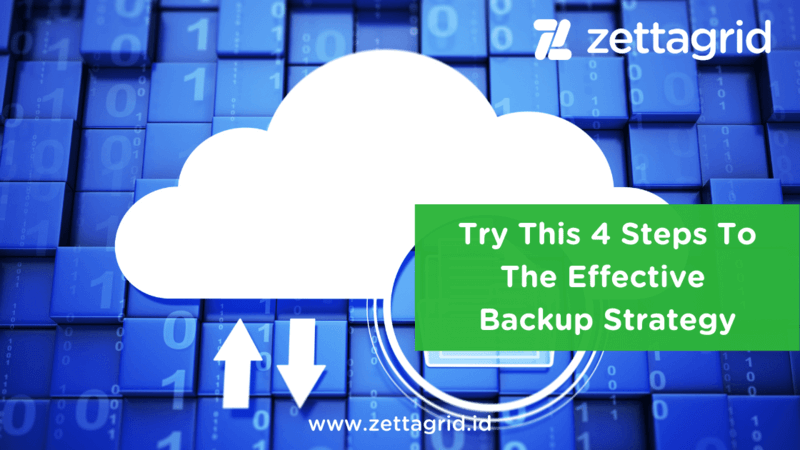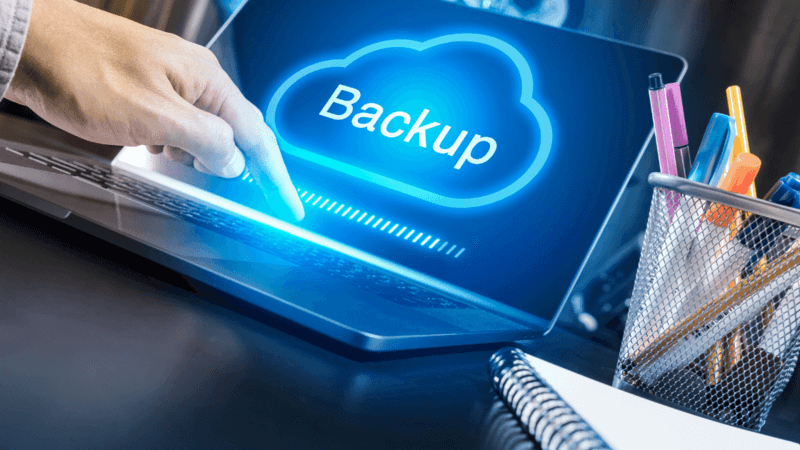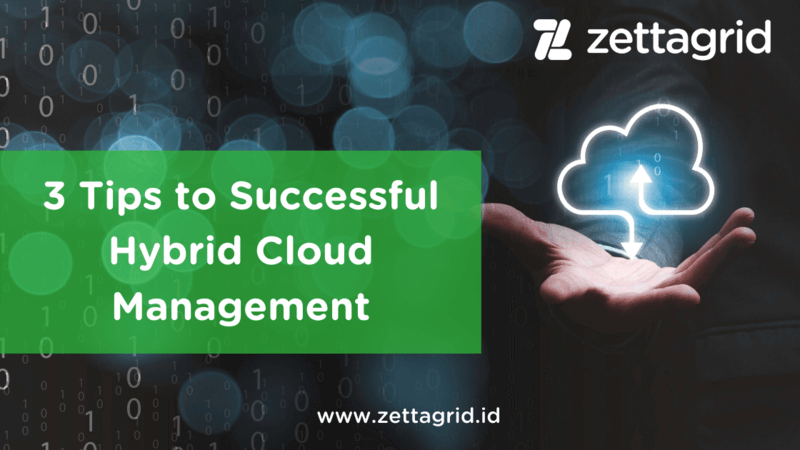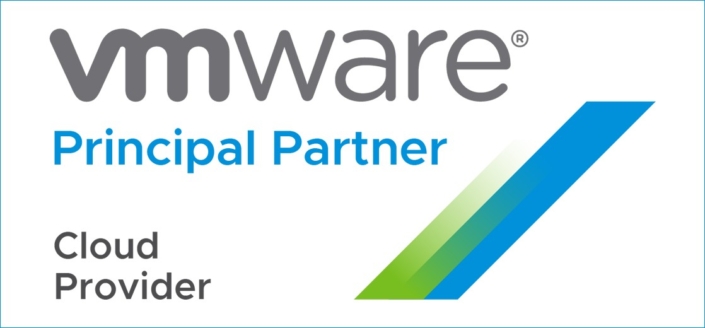Try This 4 Steps To The Effective Backup Strategy
 Try This 4 Steps To The Effective Backup Strategy
Try This 4 Steps To The Effective Backup Strategy
In managing a business, enterprises certainly think that data is the key to its success. Along with the record of data that is collected and increasing by the day, enterprise can optimize and grow their business in a better way. That’s why the availability of data must be kept and protected to prevent its loss.
Building a backup strategy can be one of the options that give enterprise peace of mind. By having the copy of data or its backup, enterprise don’t have to worry more if threats like human errors, overwritten data, and even ransomware strike business systems.
Additionally, backing up business data will also let the business get back up and running after its end-point protection software got breached. In this case, ransomware even required an effective backup strategy to defeat. Therefore, having a very current backup of everything located off-site with effective security can help to defeat ransomware easier.
This article has listed four steps to help enterprise build effective backup strategy. Read them below here:
1. Create Multiple Copies

(Source: alengo from Getty Images Signature)
When we talk about data backup, business needs to create multiple copies in multiple areas. In this case, enterprise can implement the 3-2-1 rule for backup to protect its data. But, what is the 3-2-1 rule?
The 3-2-1 rule was stated by US photographer Peter Krogh while writing a book about digital asset management. Here’s the recap:
- Three: Three copies of business data should be maintained. One is the original or production copy, then the two are the backup copies. All copies contain the same data from the same point in time. This method aims to save at least one copy of data once the others fail or disappear.
- Two: Two copies of business data exist on media that are separate from one another, even if those are in the same geographic location. For example, one copy on a server, and the other would be on an external hard disk.
- One: One data copy exists in an offsite location. This could be in another office, data center, or in the cloud.
2. Implement Your Backup on Public Cloud

(Source: model-la from Getty Images)
As the previous point before, physical storage is not enough to protect business data from threats. Therefore modern alternatives are needed by enterprises for optimizing the data protection strategy. One of them is by implementing backup on Public Cloud Service Provider.
Numerous Cloud Service Providers offer Backup-as-a-Service (BaaS) for business. That way, a business can be able to protect its data by provision and run its backup from Public Cloud infrastructure. Furthermore, the BaaS is even simpler than other software, because there are no operating systems or hardware to configure by the business.
3. Engage Services that Focus on Data Safety

(Source: jirsak from Getty Images)
The cloud has become a fantastic aid to companies looking to quickly and easily implement a reliable backup strategy. Prices are low, standards are open, not proprietary, on-site hardware is also low or even nonexistent, and your data can be accessed or fully restored from practically anywhere. That’s why its services are beneficial for business.
However, using a cloud service provider for the effective backup strategy also includes a Service Level Agreements (SLA), which details what security measures are being used and how it is enforced. That’s why business needs to identify what security features that provider can offer based on its SLA.
Not only that but security certifications like ISO27001, ISO9001, and PCI DSS are also needed to be considered in looking for a provider. That way, business would know that the provider has a guarantee in securing its client’s data.
4. Automate Your Backups

(Source: 5432action from Getty Images)
Backing up data manually every time there’s a concern can be troublesome for business. Especially, when business doesn’t acknowledge how to set automatic constant data backup. It would be a problem not only for the business operation but also for its services when disaster occurred.
That’s why setting and scheduling automatic backups on a constant and recurring basis is needed. So, business don’t have to worry more if disaster occurs, because this backup strategy has been prepared to replicate business data regularly.
Zettagrid Indonesia is a Cloud Service Provider in Indonesia that provides Infrastructure as a Service (IaaS) such as VMware Virtual Data Center, VMware Virtual Server, Veeam Backup, and so on. If you have any questions related to the effective backup strategy or cloud solutions, you can reach us here or through sales@zettagrid.id.






